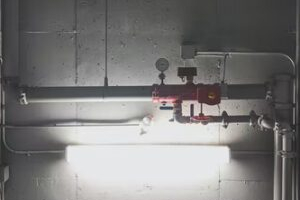Since the adoption of the 1970 Clean Air Act (CAA) within the United States of America (USA), many rules have been developed to reduce fugitive emissions across all industries. Using these rules, the USA took the first step towards the development of work practices. In addition to the use of the rules which drove a reduction of fugitive emissions, test methods were created on how to perform the required tasks within these rules. One of the main test methods created was the United States Environmental Protection Agency’s (USEPA) Appendix A-7, or more commonly, Method 21.
Although Method 21 is typically thought of as the backbone to almost all of USEPA regulations, individuals continue to have difficulty following the test method. Method 21 is a document that consists of roughly 17 sections and currently drives the reduction in fugitive emissions. It has been adopted in many countries around the world, with the goal of achieving the same reduction results that are being seen in the USA.
Have you read this article? Click here to view in full


